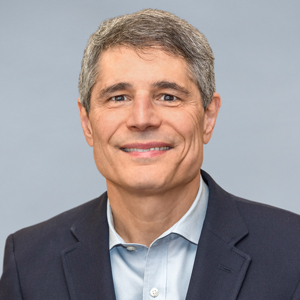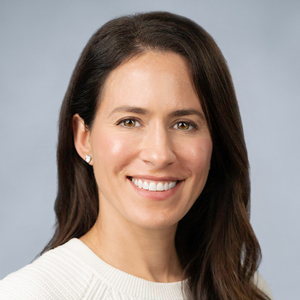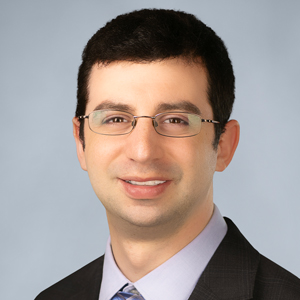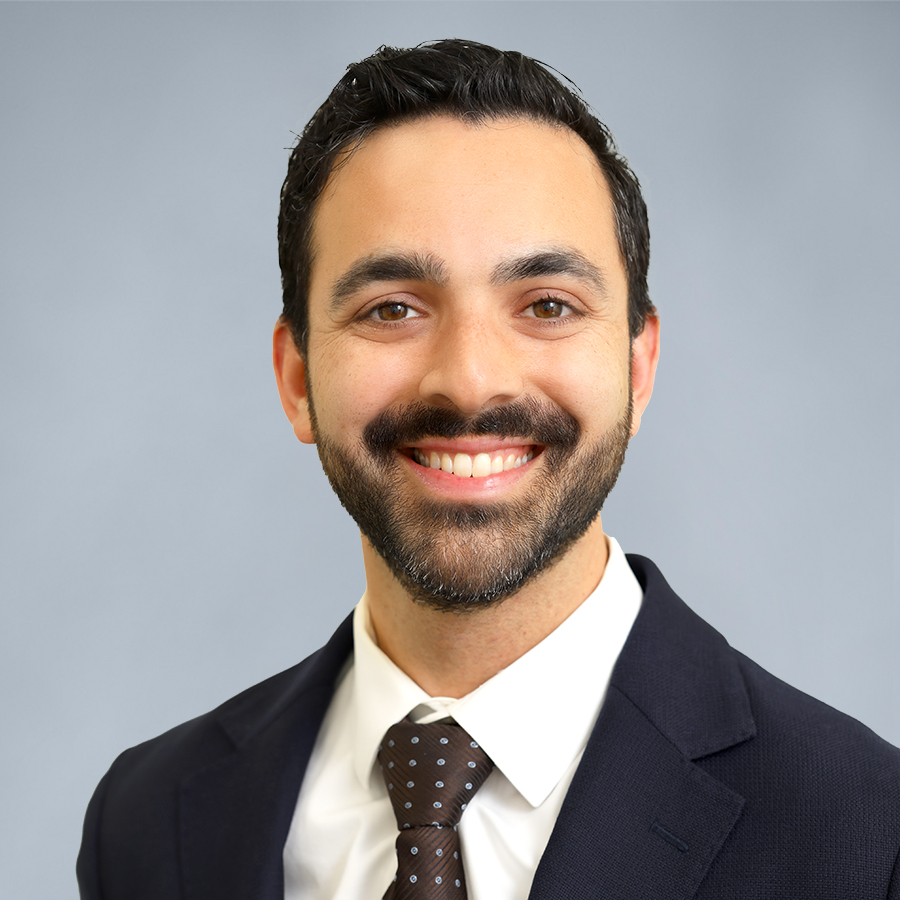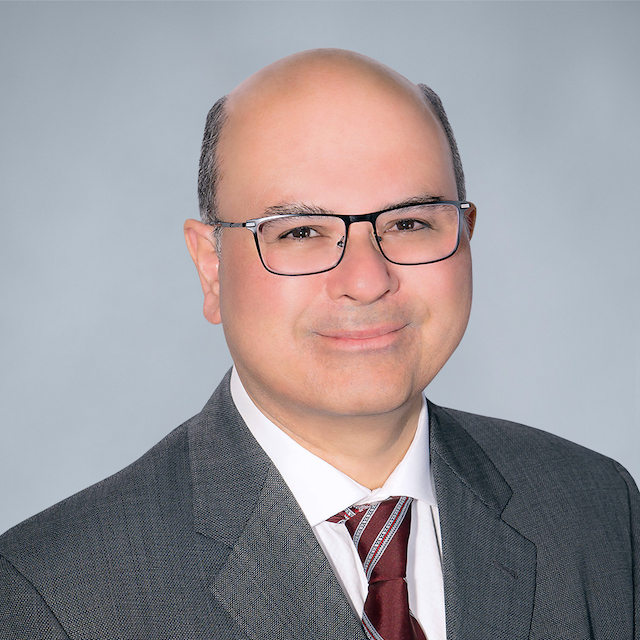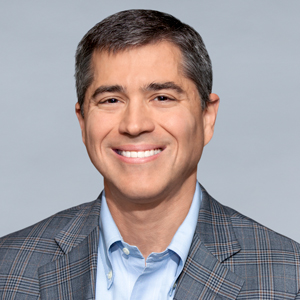If intraocular pressure cannot be adequately controlled with oral or topical medications, glaucoma surgery may be needed. Our OCLI Vision specialists offer the following outpatient procedures most performed under monitored anesthesia care using a local block or anesthesia.
Trabeculectomy
Trabeculectomy is a surgical procedure used in the treatment of glaucoma to relieve intraocular pressure by removing part of the eye’s trabecular meshwork and adjacent structures. It is the most common glaucoma surgery performed and allows drainage of aqueous humor from within the eye to underneath the conjunctiva where it is absorbed by the adjacent structures.
Tube Shunt Surgery
At OCLI, we can use a device known as a shunt or tube shunt to lower intraocular pressure. Tube-shunt surgery involves placing a flexible plastic tube with an attached silicone drainage device in the eye to help drain intraocular fluid or aqueous humor from the eye. This type of surgery can be performed if a trabeculectomy failed, or if a person already has or is likely to form scar tissue in the eye. This type of surgery also may be done at the start.
Minimally Invasive Glaucoma Procedures (MIGS)
i-Stent
i-Stent is a microscopic titanium stent that drains aqueous fluid into the eye’s internal drainage canal (Schlemm’s canal). Pressure within the eye is lowered to prevent further glaucoma-related vision loss.
Many people with glaucoma also suffer from cataracts. Presently, the i-Stent is implanted only during cataract surgery. Cataract surgery is usually a stitch-less procedure, and the stent is implanted through the cataract surgery incision.
iStent is the first MIGS device that improves the eye’s natural fluid outflow to safely lower eye pressure by creating a permanent opening in the trabecular meshwork.
“Glaucoma is often controlled with eye drops, which can be very burdensome to patients. By using the i-Stent, we have a solution that may reduce a patient’s dependency on glaucoma eye drop medication following cataract surgery.” —Dr. Caronia
Goniotomy
Goniotomy is a surgical procedure in which the doctor uses a lens (goniolens) to see the structures in the front part of the eye (anterior chamber). An opening is made in the trabecular meshwork, the group of tiny canals located in the drainage angle, where fluid leaves the eye lowering intra ocular pressure.
Several methods for performing a goniotomy are performed by our doctors including Trabectome, Kahook dual blade goniotomy, Canaloplasty, and ABIC (Ab Interno Canaloplasty), Trab360, GATT
TrabectomeTM
A trabectome is a device that uses electrocautery to open the trabecular meshwork into Schlemm’s canal (Ab interno trabeculotomy) for management of adult, juvenile, and infantile glaucoma. It may be combined with cataract surgery.
XEN
Inserting this soft microscopic bio-gel stent diverts aqueous fluid from the anterior chamber into the sub-conjunctival space, lowering intraocular pressure. This procedure is indicated for glaucoma where a trabeculectomy or tube shunt may be considered.
It is a stand-alone procedure, or it may be combined with cataract surgery. More than ten thousand of these procedures have been performed worldwide
for refractory glaucoma.
CycloPhotocoagulation (CPC)
CycloPhotocoagulation (ECP) is a laser procedure which targets the fluid producing tissues (ciliary body) of the eye. By selectively treating this structure, intraocular pressure can be reduced. This procedure requires an incision and is usually performed when other surgeries fail.
Trans Scleral CycloPhotocoagulation (TSCPC)
TSCP is performed using a laser probe which targets the fluid producing tissues (ciliary body) inside of the eye. By selectively treating this structure, intraocular pressure can be reduced when other forms of glaucoma surgery are not indicated.
EndoCycloPhotocoagulation (ECP)
ECP is performed using a video camera guided laser probe inside the eye to selectively target the ciliary body. It is usually performed in eyes having cataract surgery or eyes that have previously undergone cataract surgery. Endoscopic CycloPhotocoagulation has proven to be highly effective in reducing or eliminating the need to continue using glaucoma medications in the majority of patients who receive this treatment. Studies have shown that the ECP procedure has a significant success rate with a relatively low complication risk.
Glaucoma screenings are a vital part of good eye health. Talk to your OCLI Vision doctor to learn more.
To schedule an eye examination,
call 1-866-SEE-OCLI (1-866-733-6254) or visit ocli.mdg.co

